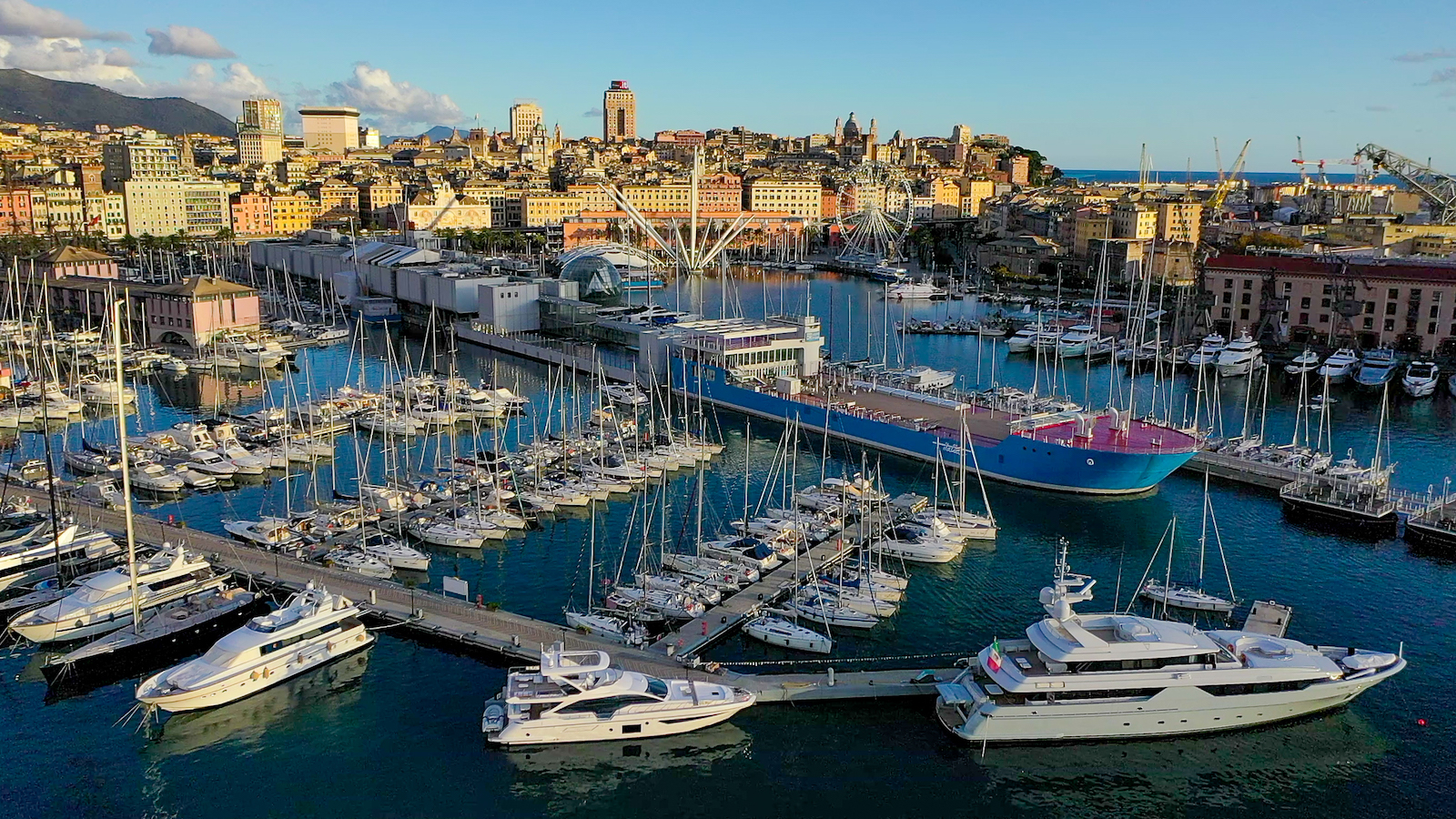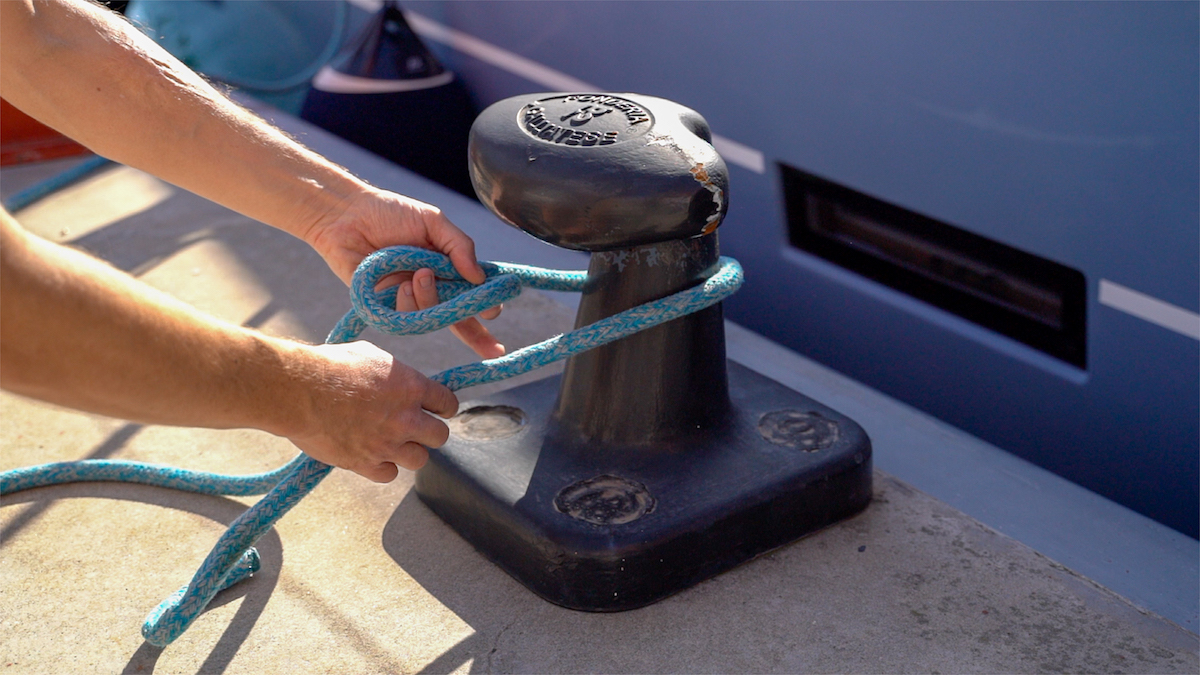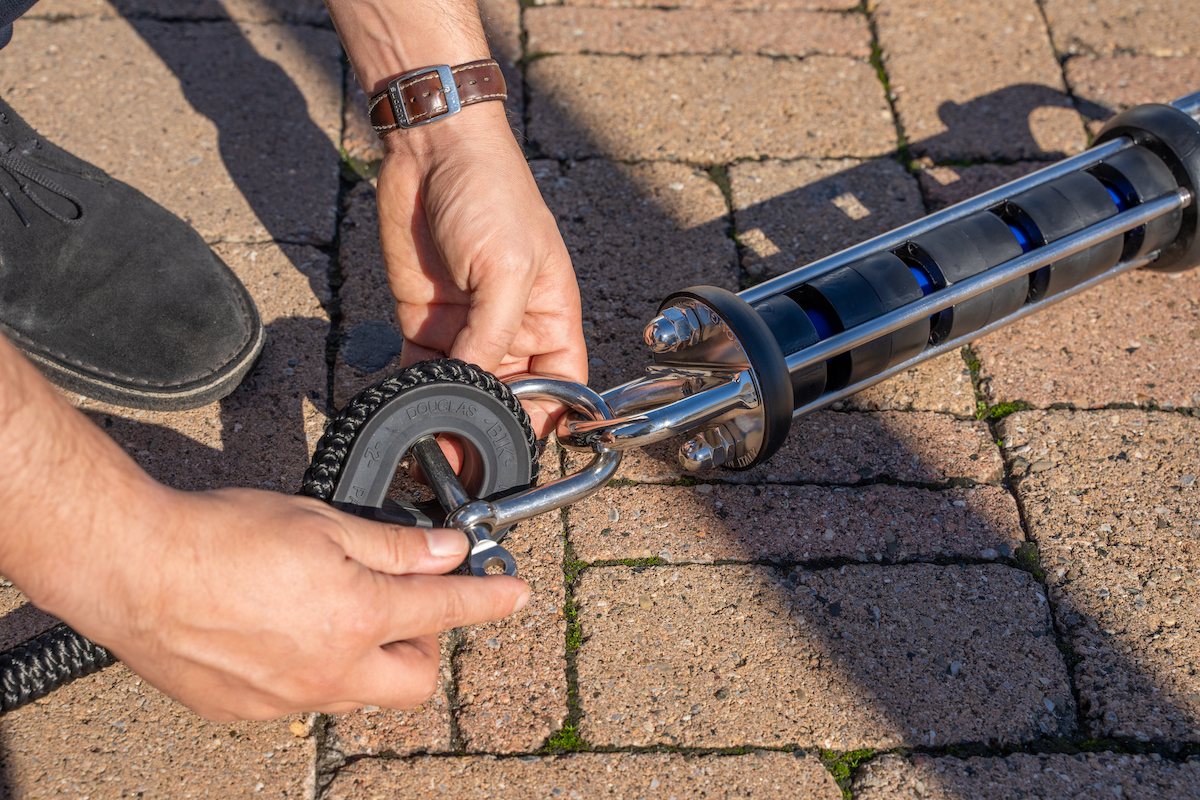Checking and choosing mooring lines for winter
A few days ago we discussed choosing the right place for winter storage, highlighting the pros and cons of choosing a water berth in a marina versus choosing a berth on land. The biggest advantage of keeping your boat in the water even in winter is obviously being able to always have your vessel available, so you don’t miss out on the beautiful sunny days that occasionally appear even during the cold season. Furthermore, keeping the boat in the water means not having to place your hull in the dreaded dry storage areas, which as we know are not always kind to the underwater sections of our boats. However, be careful: those who choose winter storage in water must be certain to secure their vessel, choosing a safe and protected marina, such as our tourist port in Genoa, an excellent choice for those looking for a safe winter berth in Liguria. Beyond choosing the marina, it’s also important to protect your boat by selecting good covers that are water-resistant yet breathable, but that’s not all: attention must also be paid to choosing the right mooring lines for winter berthing. Let’s see what to consider!
Mooring: Understanding Winter Threats
The choice of mooring lines – here at the Genoa marina we know this very well – is always very important. Just one rope that’s too old or too worn can completely compromise an otherwise well-organized mooring. But in winter, the attention required in choosing these ropes must be even greater. First of all, because during the cold season we tend to visit our boat and the dock where it’s moored less frequently. Secondly, because winter brings new threats, from storms to large temperature variations. Strong winds and frost should therefore push us to dedicate time, attention and possibly some extra money to purchasing the ideal mooring lines. We must never forget that the boater is responsible for mooring their own boat, and that in case of problems they are also liable for damages that their improperly secured hull could cause to their dock neighbors!
Which Lines to Choose
Let’s quickly review the process of choosing mooring lines. These must be selected and quantified based on the dimensions of our boat, and even better by keeping in mind the characteristics of the mooring chosen for winter. Knowing the various distances involved will make it easier to choose the main lines to use for the bow and stern lines, as well as the spring lines designed to block the boat laterally. Those who plan not to check their boat for long periods would also do well to double the lines used to keep the boat stable against prevailing winds: therefore, when in doubt, it doesn’t hurt to ask the marina managers which directions require particular attention.
Mooring lines should never be undersized relative to your boat’s weight, especially not in winter!
How to Check Lines for Winter
Let’s assume you’re mooring your boat for winter: it’s definitely worth giving your mooring lines a special check, to repair them or perhaps buy new ones in case of problems. Checking the rope along its entire length, span by span, is a good investment of your time, looking for abrasions, broken strands, exposed cores and so on, especially where we know there is or will be contact or stress during winter mooring. Watch out: the diameter of the line should also be checked. A line that shows thinner sections is actually asking for help, or rather, sounding an alarm.
Choosing Mooring Springs
Certainly a good winter mooring cannot do without mooring springs. For many reasons: because these shock absorbers allow some of the work to be taken off the lines used, which are stressed less and last longer; because a spring, offering greater cushioning, also reduces stress on the boat, thus decreasing the “jerking” that over time could cause considerable damage. And do we want to emphasize how much easier and faster mooring can become thanks to these simple devices?
Those who want to save money can obviously go for classic steel springs, which however have the unfortunate disadvantage, in most cases, of squeaking quite a bit. And it’s certainly not pleasant, either for yourself or for others, to be subjected to these far from relaxing noises. We also shouldn’t overlook the fact that, if dragged along the hull when lines are removed, steel shock absorbers can leave scratches. For this reason, rubber shock absorbers are generally better, without noise and without risk of scratches. Everything obviously depends on choosing shock absorbers that are properly sized based on your boat’s displacement – and your mooring lines.
Winter Mooring in a Well-Guarded and Protected Port
Choosing a good mooring system, consisting of lines in good condition and quality springs, allows you to adequately stabilize the boat during winter. One thing is certain: to truly sleep peacefully, it’s important to choose a port that offers both protection and surveillance. And this is the case with our Marina Porto Antico in Genoa, just steps from the city center, which enjoys the “natural” protection of the Port of Genoa. Thanks to the high quality of the structures and equipment present on the docks, and by virtue of the constant presence of a security service – enhanced by a video surveillance system – it’s impossible to find a better port for your boat’s winter storage. Book your berth in Genoa today!





